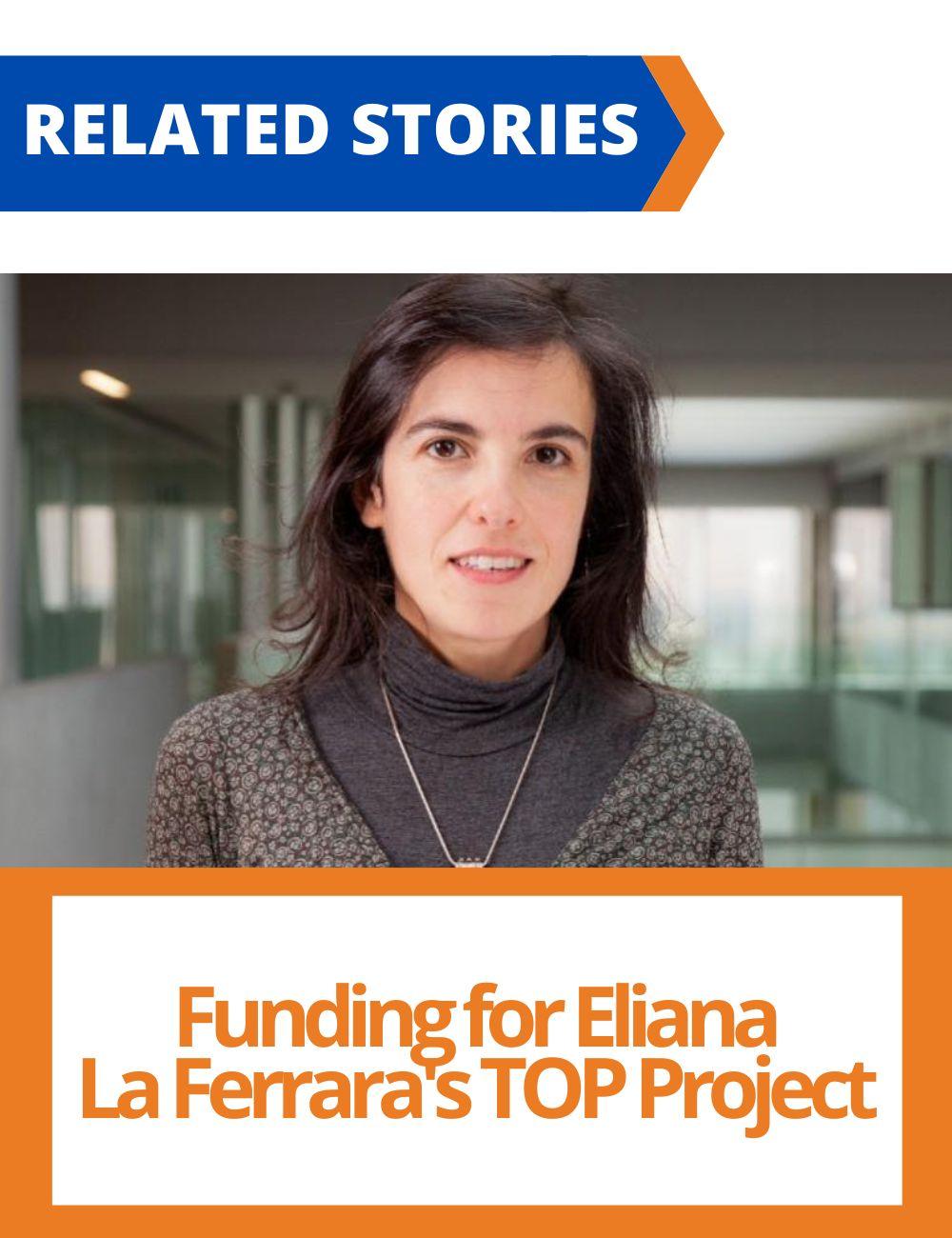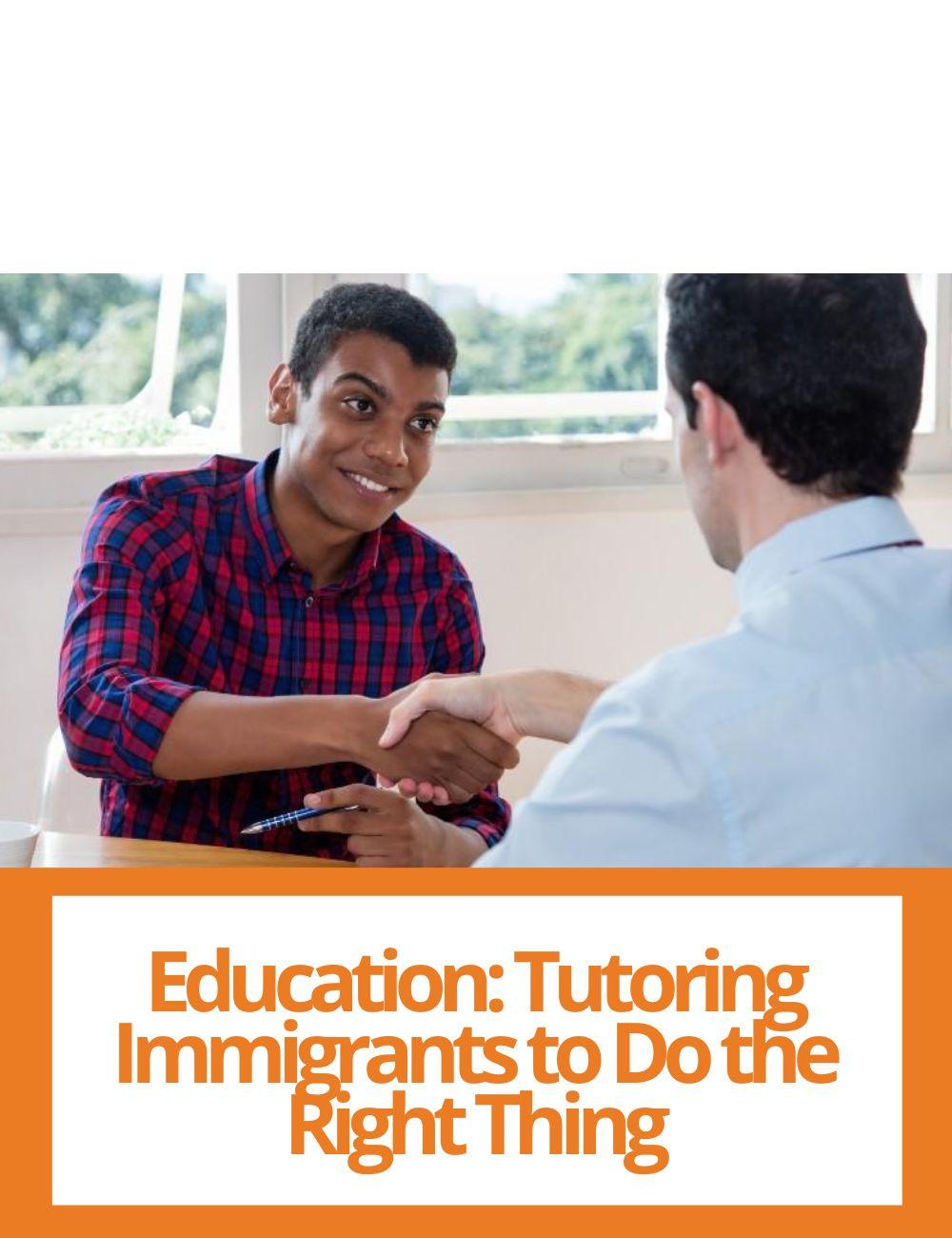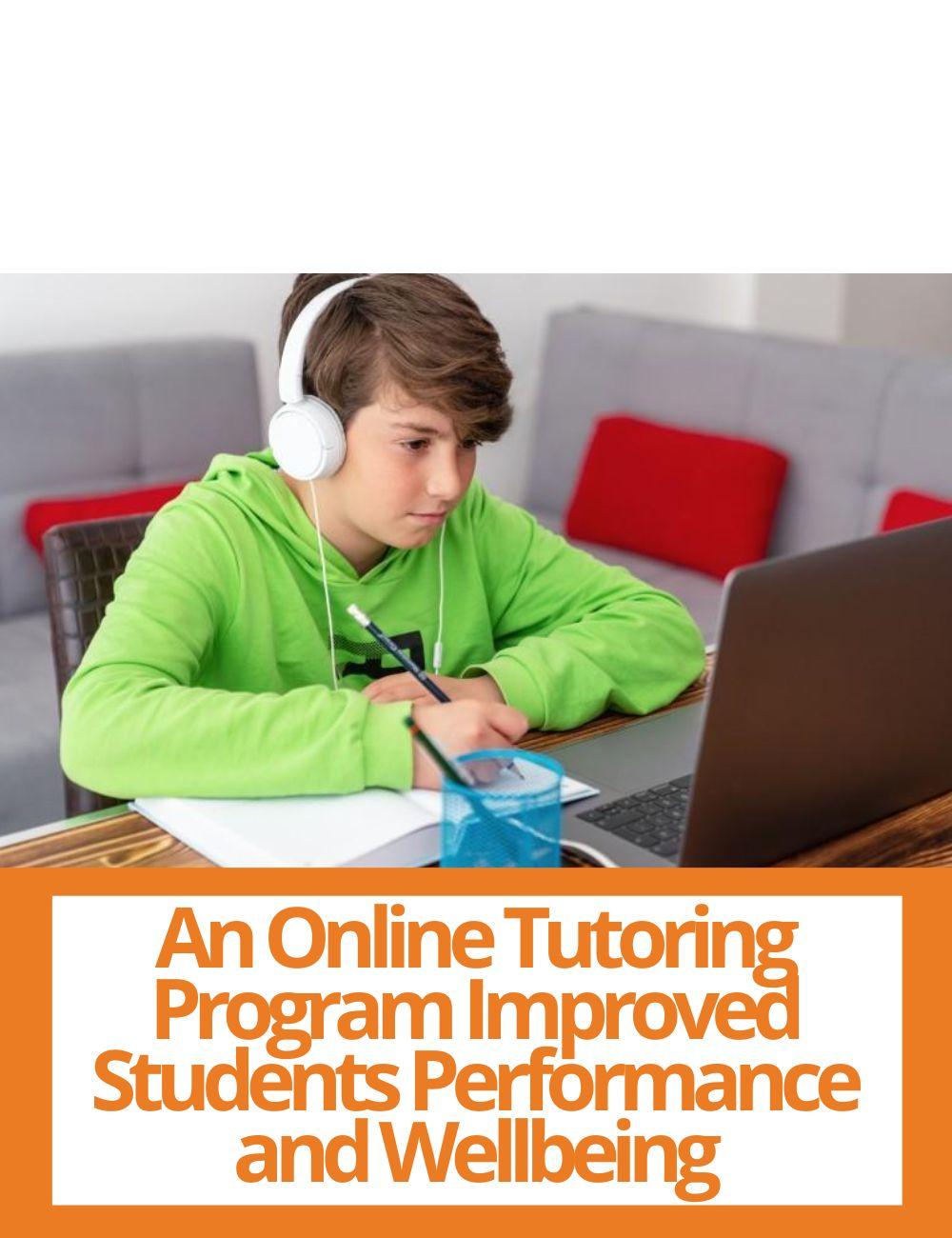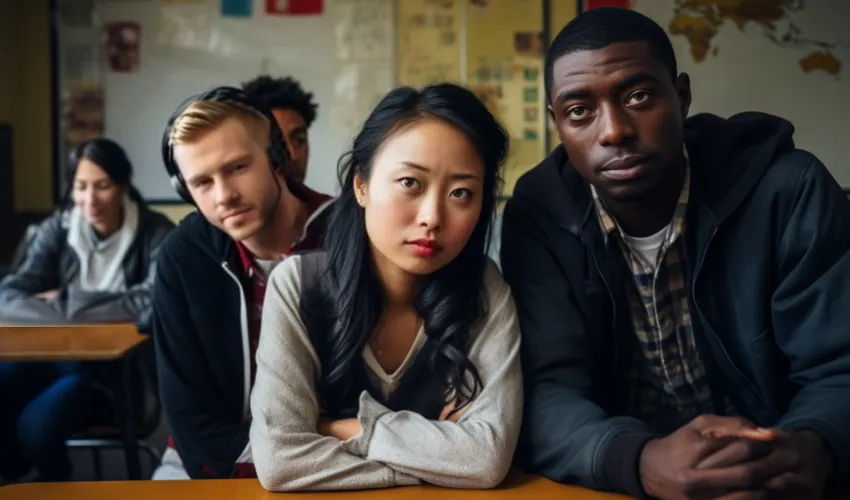
Science That Fights Educational Poverty
Educational poverty has two dimensions. The first, easier to observe and therefore more discussed, is quantitative. In Italy, 13.1% of young people do not complete high school, one of the worst figures among Western countries, and the percentage of adults aged 25-64 with a college degree (21%) is half the OECD average. But there is also a qualitative dimension, which relates to distorted access to education on a socioeconomic basis or the lack of a learning environment tailored to the needs of all. To the percentage of children who drop out of high school, one must add another 9.5% who complete it, but without achieving the minimum basic skills.
The qualitative dimension of educational poverty has been dealt with for years by researchers at LEAP, the Laboratory for Effective Anti-Poverty Policies at Bocconi, facilitated in part by an agreement with the National Institute for the Evaluation of the Educational System of Education and Training (INVALSI) and the Ministries of Education and Merit and University and Research, which guarantees access to anonymized data of great quality.
The laboratory's evaluation work, supported by Fondazione Romeo ed Enrica Invernizzi and, for specific projects, by Fondazione Cariplo and Unicredit Foundation, has shown that it can give policymakers rigorous empirical evidence on the functioning of experimental educational programs that, when proven effective, could be replicated on a larger scale to improve the quality of education.
Guidance Advice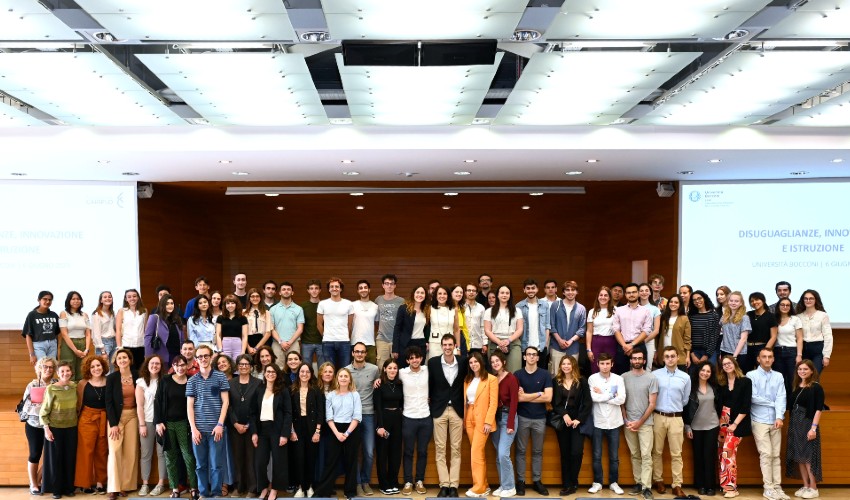
One of the most delicate moments of the school career, in Italy, is the transition from junior high school to high school (from middle school to high school, in common parlance). Middle school teachers are required to give guidance counseling, that is, advice on which high school to take, based on the students' potential. In addition to influencing families, guidance counseling can be one of the criteria by which high schools select new entrants if they are unable to meet all the demands due to lack of space or other resources. Studies by two LEAP affiliates, presented at the Lab's annual conference, show that guidance counseling, on the one hand, suffers from biases based on students' socioeconomic status and, to a lesser degree, their gender, and that, on the other hand, these biases can be mitigated by providing teachers with adequate information.
In work that is still in progress, Francesca Miserocchi (Harvard), Eleonora Patacchini (Bocconi) and Michela Carlana (Harvard and LEAP) calculated that, for equal scores on INVALSI standardized tests, a student whose mother attended college has a 60% higher probability of receiving guidance advice recommending a classical or scientific lyceum (the most prestigious and academia-oriented high schools in the Italian system) than a student whose mother did not attend college. When, through a randomized experiment, the scholars described two students with the same grades and interests, but different socioeconomic backgrounds, to some teachers and asked them what guidance advice they would give, a similar dynamic was confirmed in the laboratory.
"However, school should represent an opportunity to overcome the inequalities and low social mobility that are increasingly prevalent in the West," Professor Carlana says. "Our hope is that the evidence that comes from research can improve public policy." The authors therefore began using the data in an interesting experiment and provided some teachers with a comparison of their guidance advice to students of different socioeconomic backgrounds and that of teachers in the entire target province. On average, the bias was reduced, but due to the combined effect of two opposing forces. "Those who were far below average in advising lyceums to socioeconomically disadvantaged kids did so more often, but those who were above average slightly reduced this kind of advice," Prof. Carlana says. "It seems that the tendency is to conform to the prevailing behavior."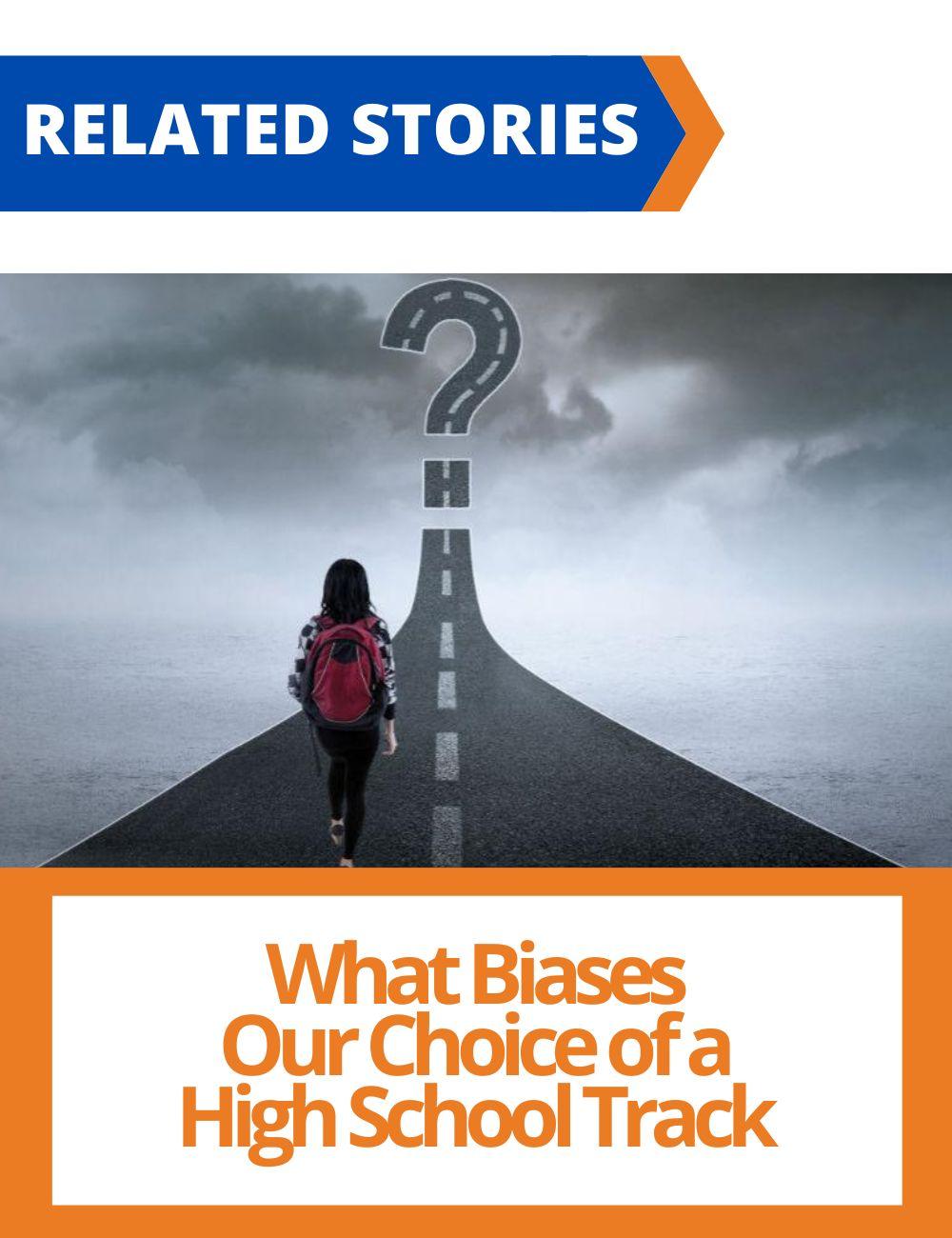


Coming to entirely similar conclusions is the work of Gianluca Argentin (University of Milano-Bicocca and LEAP) with Elisa Manzella (University of Brescia), Giulietta Zanga (University of Milan) and Carlo Barone (Sciences Po). "We divided the students in our sample into three groups according to socioeconomic background and observed that, all other characteristics being equal, those in the highest third were substantially more likely to receive guidance counseling for a classical or scientific lyceum," Professor Argentin says. "We also observed some gender segregation, affecting mostly males, to whom professors struggle to recommend schools perceived as typically female."
Prof. Argentin and colleagues, in much the same way as the other group of authors, also described to a number of teachers students who were entirely similar except for socioeconomic background and observed differences in guidance counseling. In their case, they provided some of the teachers with an online training course with videos by experts on inequality and guidance and a booklet containing suggestions on how to behave. "After the training intervention," Prof. Argentin says, "the tendency is to recommend a lyceum more often, especially scientific lyceum, even to students from lower socioeconomic backgrounds."
Climate Change at School
Pamela Giustinelli (Bocconi and LEAP), with Stefano Carattini (Georgia State University & University of St. Gallen) and Marcella Veronesi (Technical University of Denmark and University of Verona) is analyzing the introduction of climate change into Italian school curricula as part of the cross-curricular civic education teaching. "The goal of the new teaching," says Professor Giustinelli, "is for students to be able to make choices consistent with the Sustainable Development Goals of the UN 2030 Agenda." For now, the scholars observed the teaching activities and teachers' behavior, knowledge, opinions, and expectations to test the effectiveness of a teacher training program (an online, multidisciplinary course on climate issues).
"At the time the new teaching topics were introduced," Prof. Giustinelli explains, "there was understandable uncertainty among teachers. Only 6% considered themselves well-informed about the topic, and their beliefs about climate change and whether it is man-made were in line with those of the rest of the population. In school, the topic was addressed sporadically and with a strong emphasis on problems rather than solutions." The educational intervention has increased the belief that the change is man-made, the hope that there may be solutions, and the perceived importance of individual behaviors. Now it will be necessary to turn to the analysis of any changes among the students of these professors to assess the effectiveness of the transmission mechanisms.
Access to University
The biases that disproportionately lead students from higher socioeconomic backgrounds to attend better schools continue through college. Where closed numbers apply, the less affluent have a harder time passing the tests, and in some places, especially in the United States, some advantages are provided for them. Thanks to the collaboration of different Chilean governments since 2014, Michela Tincani (University College London and LEAP), Fabian Kosse (Wuerzburg University) and Enrico Miglino (University College London) have been able to evaluate the effectiveness of an "extreme," policy that allows the top 15% of students in some disadvantaged schools to gain access to the most selective universities regardless of their entrance test results. "These are families whose incomes are half the Chilean median income," Professor Tincani says, "and one-third that of the families of those who get into the most prestigious universities by testing. 61% of them are considered very vulnerable and their level of knowledge much lower than that of other admitted students."


The policy has proven to be effective in stimulating college enrollment, but these students discontinue their college studies more often than others (the net effect at the end of college remains positive, however), perhaps also due to some unintended consequences of the policy's introduction. "Unfortunately, we have observed that students who expect to be in the top 15% at their school end up studying less than before, since they will not be tested at the end of the year, without realizing that their efforts today will also affect their outcomes in college," Prof. Tincani explains. Moreover, the differences in performance and grades among different students are tiny, resulting in as many as 43% of them thinking they are in the top 15%. The reduction in effort is, therefore, generalized. "Students, in short, are very optimistic, and a corrective intervention to make them more realistic, informing them about their actual ranking over the course of the year, could perhaps induce those who really have hopes of getting into the top 15% to study harder."
TOP, Tutoring Online Program
Within LEAP, Tutoring Online Program (TOP) aimed at disadvantaged middle school students and implemented by volunteer university students, supervised by a team of educationalists, has been designed (and is being evaluated) in the past few years. Launched during the lockdown months for the pandemic, it is now in its fourth year and is coordinated by Eliana La Ferrara (Harvard, LEAP's scientific director), Michela Carlana (Harvard and LEAP), Giulia Pastori and Andrea Mangiatordi (pedagogists from the University of Milan Bicocca, who have been responsible for training and supervising the volunteers).
Over the four years, 2,398 students benefited from the TOP support, whose results were compared with those of perfectly comparable students. Evaluation of the 2020 intervention, implemented in full lockdown, showed that a three-hour tutoring program per week had significant effects on students' academic achievement (+4.7%), well-being (+26%) and social-emotional skills (+21.1%). An intensive six-hour-a-week program doubled the improvement in academic achievement. In addition, it especially benefited students whose parents are not college graduates, are manual workers, or otherwise did not have the opportunity to work from home during lockdown.
When the program was implemented in subsequent years, the improvements in academic achievement were confirmed, while the psychological improvements characteristic of the lockdown period were not repeated.